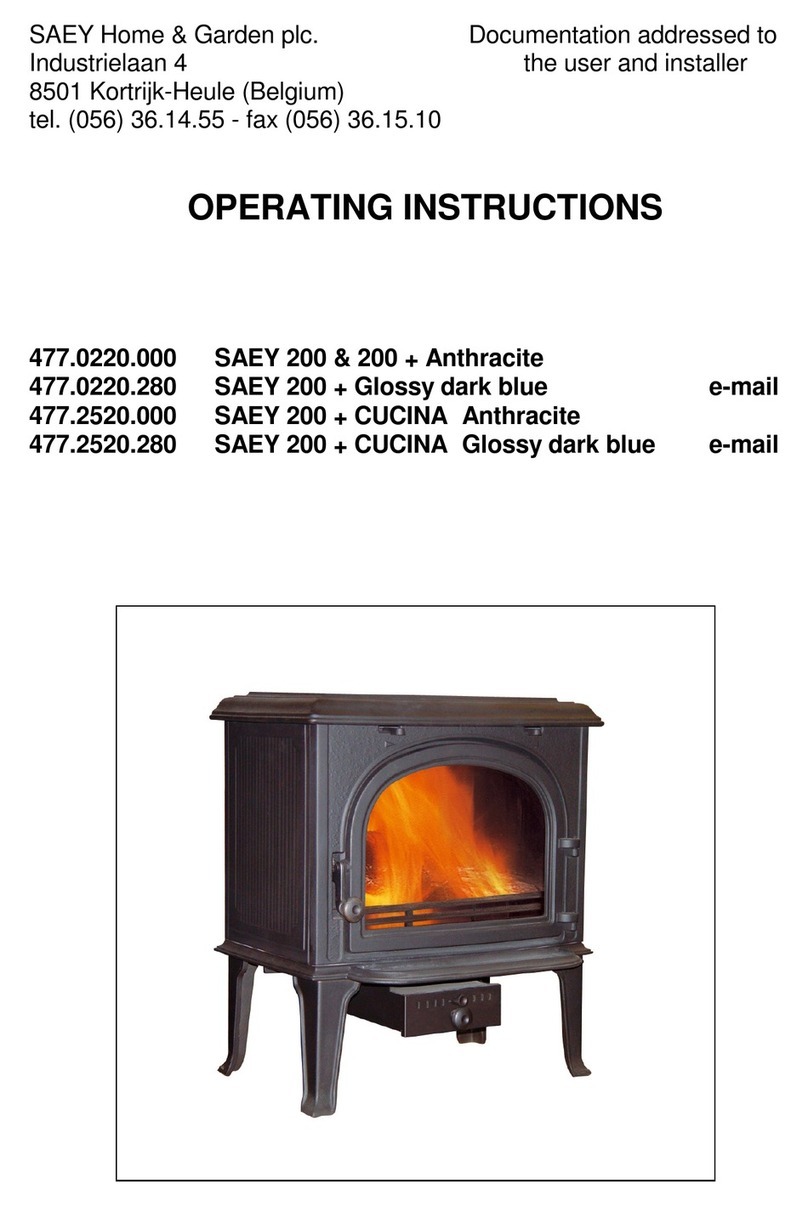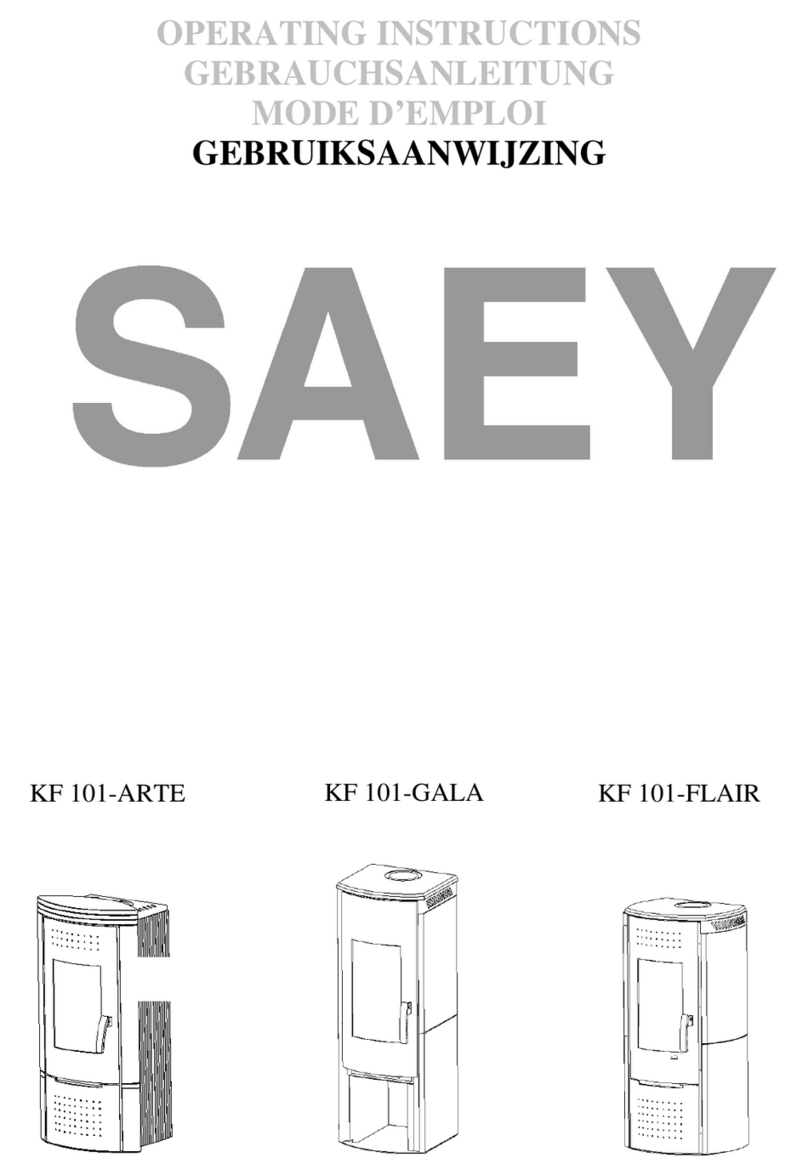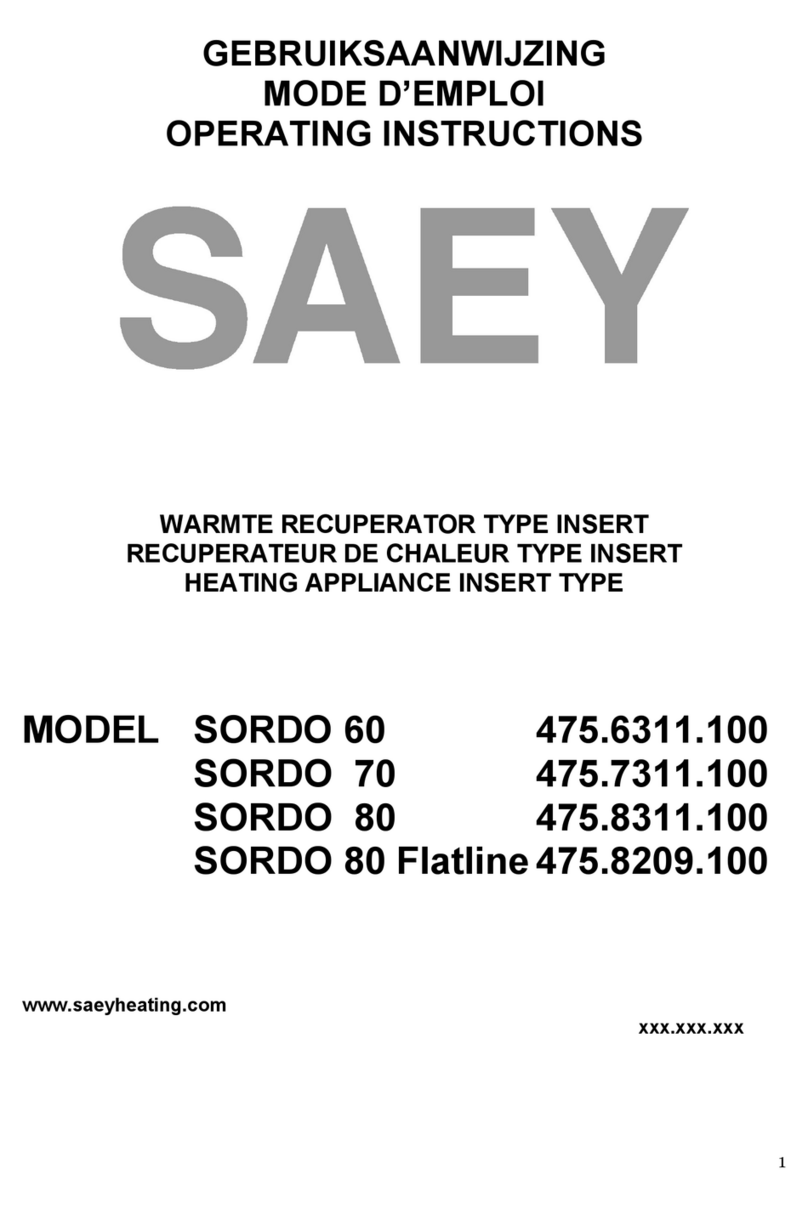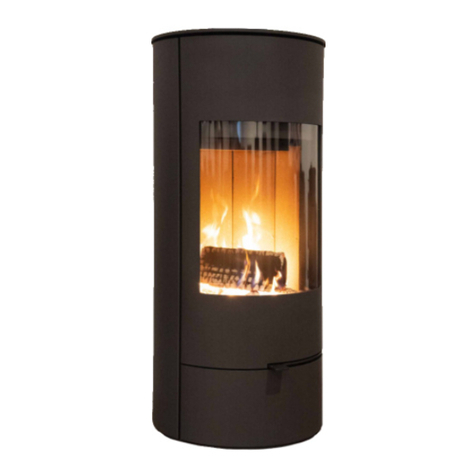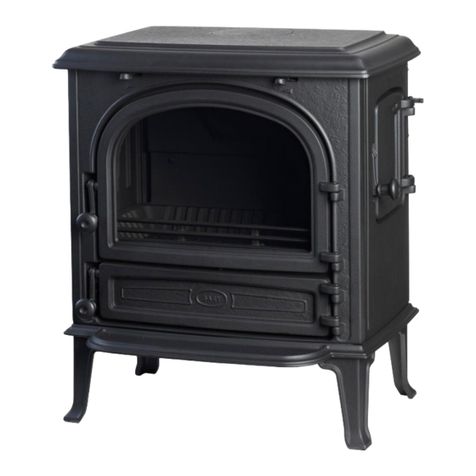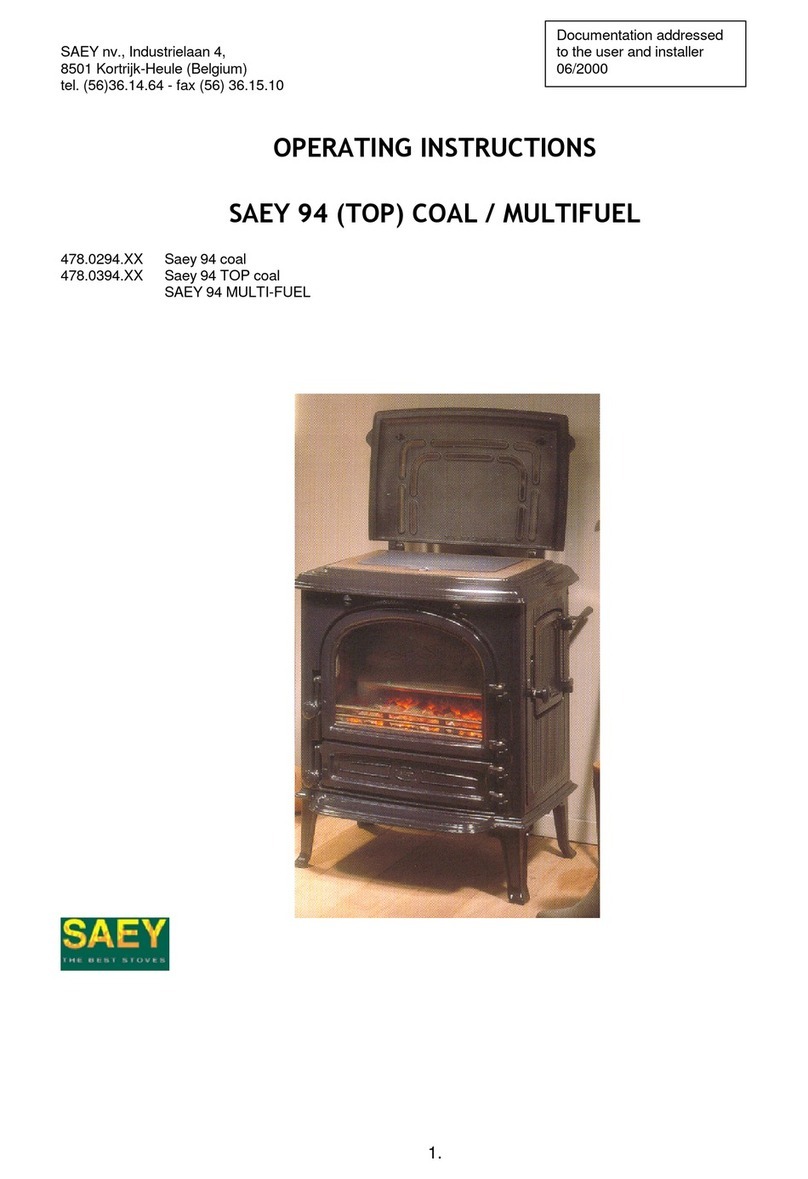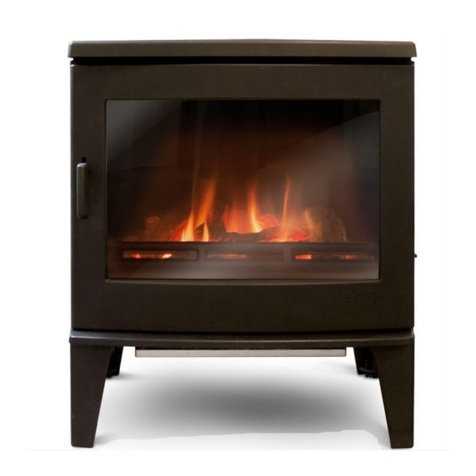Version 2017 Page 3
Index
1 Packaging and delivery content ........................................................................................................... 4
2 Technical information........................................................................................................................... 5
3 General information and security precautions .................................................................................... 6
3.1 Risks of fire .................................................................................................................................... 6
3.2 Risks by badly sealed door ............................................................................................................ 6
3.3 Risks of insufficient supply of air................................................................................................... 7
3.4 Risks of using inappropriate fuel................................................................................................... 7
3.5 Risks of shutting down the air supply............................................................................................ 7
3.6 Risks of bad chimney function....................................................................................................... 7
3.7 Things to do in case of chimney fire............................................................................................. 7
4 Installation guidelines........................................................................................................................... 8
5 User’s guide........................................................................................................................................ 12
5.1 Fuel .............................................................................................................................................. 12
5.2 First use ....................................................................................................................................... 13
5.3 General controls .......................................................................................................................... 14
5.4 Use of wood................................................................................................................................. 17
Making fire ........................................................................................................................................ 17
5.5 Use of Coal................................................................................................................................... 19
Making some fire............................................................................................................................... 19
6 Maintenance....................................................................................................................................... 22
7 Malfunctions: why they occur and how to solve them...................................................................... 25
8 Spare parts.......................................................................................................................................... 26
9 Warranty............................................................................................................................................. 27
10 Serial number ................................................................................................................................... 27


















